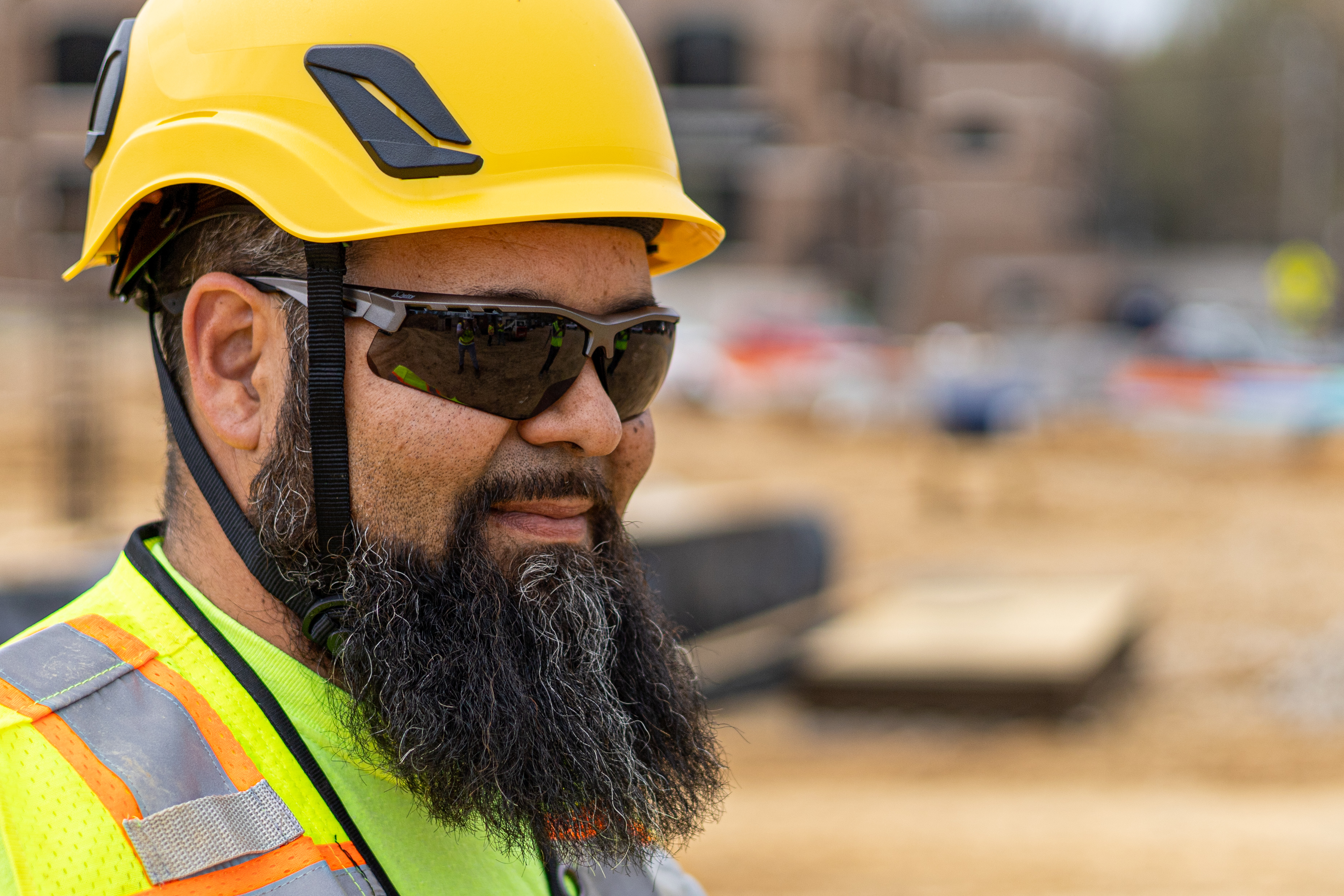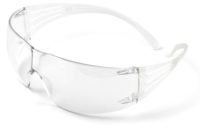Everyone loves a hero. It's natural to emulate those we admire on the athletic field, in public service, or in our personal lives. Fans spend millions on replica jerseys for their favorite teams and players. Movie stars need only wear something once to make it a must-have accessory. This is money willingly spent to make a statement, to belong, and to identify with those whom we respect.
Why should safety be any different?
Billions in losses
Every year, tens of thousands of employees get injured at work, costing billions of dollars.1 The eye is one of the most common body parts to be injured on the job, costing employers an average of $1,463 per injury2 as well as having potentially lifelong consequences for the injured worker. Indeed, “eye injuries alone cost more than $300 million per year in lost production time, medical expenses, and worker compensation.”3
Common objections
Some of the causes of these injuries are complex. Some could be prevented by simply wearing personal protective equipment (PPE) like safety glasses. So why is it so hard to get workers to wear something that is so good for them? Surveys provide fairly consistent insight on why workers “forget” to wear basic PPE4 and it is helpful to consider each of these objections.
• Belief that PPE is not needed
• Uncomfortable to wear
• Poor fit
• Too hot
• Blamed for decreased productivity or an inability to perform tasks
• Unattractive
• Unavailable near the work or task
Starting out
A comprehensive eye safety program always starts with a Job Hazard Analysis (JHA) or Job Safety Analysis (JSA).5 This identifies the specific hazards of the task or workplace, and the protection required. Engineering controls are the first line of defense, along with training and awareness, but it is hard to eliminate the need for basic eye protection in most manufacturing, assembly, construction, or processing workplaces. Consider that “Each day, about 2,000 U.S. workers have a job-related eye injury that requires medical treatment.”6
Find the right fit
No one wants to wear pants that don't fit, or shoes that dig into their feet. It's uncomfortable and distracting. Why should PPE – such as safety glasses – be any different? We expect workers to have different sized and shaped feet, and know that one size shoe or boot does not fit all. The same thing applies to their faces. Different facial sizes or shapes may be linked to factors such as gender, age, ethnicity, etc.
Fit can go beyond the width of the frame and length of the temples, and also include the design or shape of the frame, design of the nosepiece, and more. Glasses that are either too loose or glasses that pinch are distracting. Glasses that fit will be more comfortable to wear, and are more likely to be worn, without constant reminders or monitoring.
Assuming they stay on, glasses that fog up or provide poor optical quality may interfere with work. Of course, an eye injury will stop work too. But pausing to constantly wipe off fog in humid environments can be a distraction. And scratches, glare, and optical distortions can limit effective vision.
Minimum requirements
Depending on the hazards identified, minimum requirements for safety eye wear typically focus on protection against:
• Impact
• Particulates
• Splashes
• Ultra-violet (UV) or other types of harmful light
Higher quality safety eyewear exceeds these minimums and offers productivity-enhancing features and upgrades, including: a scratch-resistant lens coating, inherent anti-fog technology; polarized, reflective, or tinted lenses that filter environmental light; and optical quality with little to no distortion.
Recognizing individuality
Appearance and attractiveness are highly personal, subjective perspectives. In addition to fit, certain styles of eyewear can complement particular facial shapes or project certain images that allow employees to be recognized as individuals.
Having a variety of frames available to choose from makes this easier, and allows employees to share ownership in their selection. If a different color frame or lens choice makes someone feel better about wearing safety glasses – for example, if a camo pattern appeals to part of their personality – this can take safety glasses from something they have to wear, to something they want to wear; a critical difference. And if glasses are worn, the risk of injury to an unprotected eye is reduced. It’s that simple.
Consider the difference in attitudes toward disposable – i.e., single-use visitor glasses tossed in a bin at the entrance of a production area – and a pair of high-quality safety glasses issued to an employee with a case, lanyard, and cleaning accessories. Most workers will appreciate the difference, and understand their responsibility to keep and maintain the latter as part of their job.
A strong safety culture can be expressed by the quality of PPE. This includes providing protective eyewear that recognizes the value and the variety of people involved, as well as the tasks performed. This does not have to be expensive, and can be quite a value compared to the cost of a single injury.
When safety glasses are both stylish and safe, workers look good, feel good and remain protected.
Resources
1. Business Case for Safety and Health - OSHA
https://www.osha.gov/dcsp/products/topics/businesscase/costs.html
2. OSHA Safety and Health Management https://www.osha.gov/SLTC/etools/safetyhealth/mod1_costs.html
3. Eye and Face Protection https://www.osha.gov/SLTC/eyefaceprotection/
4. Alarming Number of Workers Fail to Wear Required Protective Equipment http://investor.kimberly-clark.com/releasedetail.cfm?ReleaseID=712258
5. Job Hazard Analysis - OSHA 3071 https://www.osha.gov/Publications/osha3071.pdf
6. Eye Safety - NIOSH https://www.cdc.gov/niosh/topics/eye/



